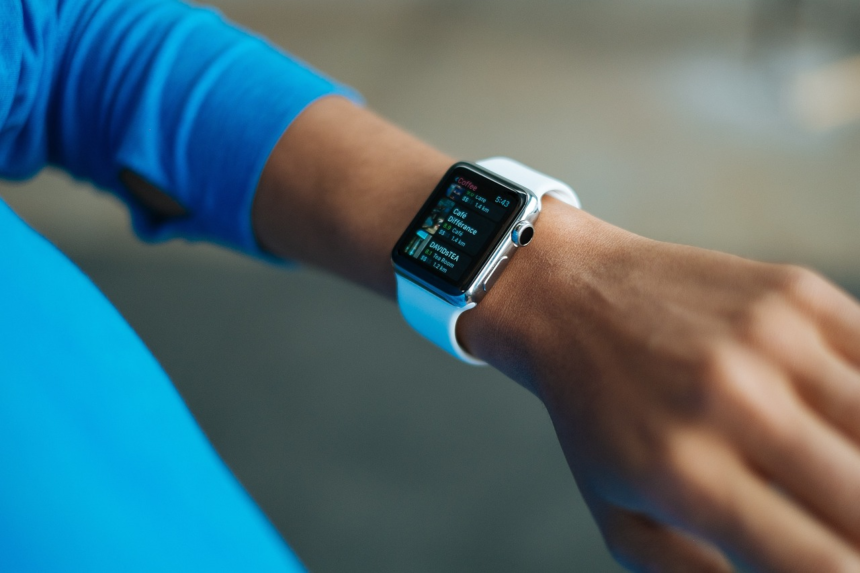In recent years, wearable technology has transformed from a novelty into an essential tool for health monitoring and management. Devices like smartwatches and fitness trackers are not only fashionable accessories but also powerful health companions. They provide real-time insights into various aspects of our health, helping us lead more informed and healthier lives. This blog explores how wearable technology is changing the way we monitor and manage our health, highlighting its benefits, applications, and future potential.
The Rise of Wearable Technology
Wearable technology has come a long way since the first pedometers. Today’s wearables are sophisticated devices packed with sensors and algorithms that can track a wide range of health metrics. Smartwatches, fitness trackers, and other wearable devices are equipped with features like heart rate monitoring, sleep tracking, GPS, and even ECG (electrocardiogram) capabilities. Companies like Apple, Fitbit, Garmin, and Samsung have led the charge, making these technologies accessible to millions of users worldwide.
Benefits of Wearable Health Technology
1. Continuous Health Monitoring
One of the most significant benefits of wearable technology is its ability to provide continuous health monitoring. Unlike traditional health check-ups, which offer a snapshot of your health at a single point in time, wearables track your health metrics 24/7. This continuous monitoring allows for a more comprehensive understanding of your health trends and early detection of potential issues.
2. Personalized Health Insights
Wearable devices collect a wealth of data that can be analyzed to provide personalized health insights. For example, a smartwatch can track your daily activity levels, sleep patterns, and heart rate, giving you a detailed picture of your overall health. These insights can help you make informed decisions about your lifestyle, such as adjusting your exercise routine, improving your sleep hygiene, or managing stress.
3. Encouraging Healthy Habits
Wearables are also effective tools for encouraging healthy habits. Features like step counting, activity reminders, and goal setting can motivate users to stay active and reach their fitness goals. Many devices offer social features that allow users to compete with friends or join fitness communities, adding an element of accountability and support.
Key Applications of Wearable Technology in Health Monitoring
1. Fitness and Activity Tracking
Fitness tracking is one of the most popular applications of wearable technology. Devices like the Fitbit Charge and Apple Watch track steps, calories burned, distance traveled, and even specific workouts. These features help users stay active and reach their fitness goals, whether it’s training for a marathon or simply maintaining a healthy lifestyle.
2. Heart Health Monitoring
Wearables are increasingly equipped with advanced heart health monitoring features. Many devices can track resting heart rate, heart rate variability, and even detect irregular heart rhythms. For instance, the Apple Watch can perform an ECG to detect signs of atrial fibrillation, a common heart rhythm disorder. This capability allows users to monitor their heart health more closely and seek medical attention if needed.
3. Sleep Tracking
Understanding sleep patterns is crucial for overall health and well-being. Wearable devices like the Oura Ring and Fitbit Sense offer detailed sleep tracking, including metrics like sleep stages, sleep duration, and sleep quality. These insights can help users identify factors that may be affecting their sleep and make necessary adjustments to improve their sleep hygiene.
4. Stress Management
Stress is a significant health concern that can affect both physical and mental well-being. Many wearables now include features for stress management, such as guided breathing exercises, mindfulness reminders, and stress level tracking. For example, the Fitbit Sense uses skin temperature and heart rate variability to provide a stress management score, helping users understand and manage their stress levels better.
5. Chronic Disease Management
Wearable technology is also making strides in managing chronic diseases. Devices like continuous glucose monitors (CGMs) for diabetes management provide real-time blood sugar readings, allowing users to manage their condition more effectively. Similarly, wearables that monitor blood pressure can help individuals with hypertension keep their condition under control.
The Future of Wearable Health Technology
The future of wearable health technology looks promising, with continuous advancements and new innovations on the horizon. Here are some trends to watch for:
1. Integration with Healthcare Systems
As wearable technology becomes more advanced, integration with healthcare systems will be crucial. Wearables can provide valuable data to healthcare providers, enabling more personalized and proactive care. For example, doctors could use data from a patient’s smartwatch to monitor their heart health remotely and adjust treatment plans as needed.
2. Advanced Sensors and Biometrics
Future wearables will likely include even more advanced sensors and biometrics. Research is underway to develop wearables that can monitor a broader range of health metrics, such as hydration levels, blood oxygen levels, and even biomarkers for specific diseases. These advancements will make wearables even more valuable for health monitoring and disease prevention.
3. Artificial Intelligence and Machine Learning
Artificial intelligence (AI) and machine learning (ML) will play a significant role in the evolution of wearable health technology. These technologies can analyze the vast amounts of data collected by wearables to identify patterns and provide predictive insights. For instance, AI algorithms could predict the onset of a medical condition based on subtle changes in health metrics, allowing for early intervention.
4. Increased Accessibility and Affordability
As wearable technology continues to evolve, it is becoming more accessible and affordable. This trend will likely continue, making these health monitoring tools available to a broader audience. Increased accessibility will empower more people to take control of their health and well-being.
Conclusion
Wearable technology is revolutionizing the way we monitor and manage our health. With continuous health monitoring, personalized insights, and features that encourage healthy habits, wearables are empowering individuals to take a proactive approach to their well-being. As technology advances, the potential applications and benefits of wearable health technology will continue to grow, making it an integral part of our daily lives.
From fitness tracking to chronic disease management, wearable devices are proving to be invaluable tools for maintaining and improving health. As we look to the future, the integration of wearables with healthcare systems, advancements in sensors and biometrics, and the power of AI and ML will further enhance their capabilities. Wearable technology is not just a trend; it is a transformative force in health monitoring that holds great promise for improving the quality of life for people around the world.






